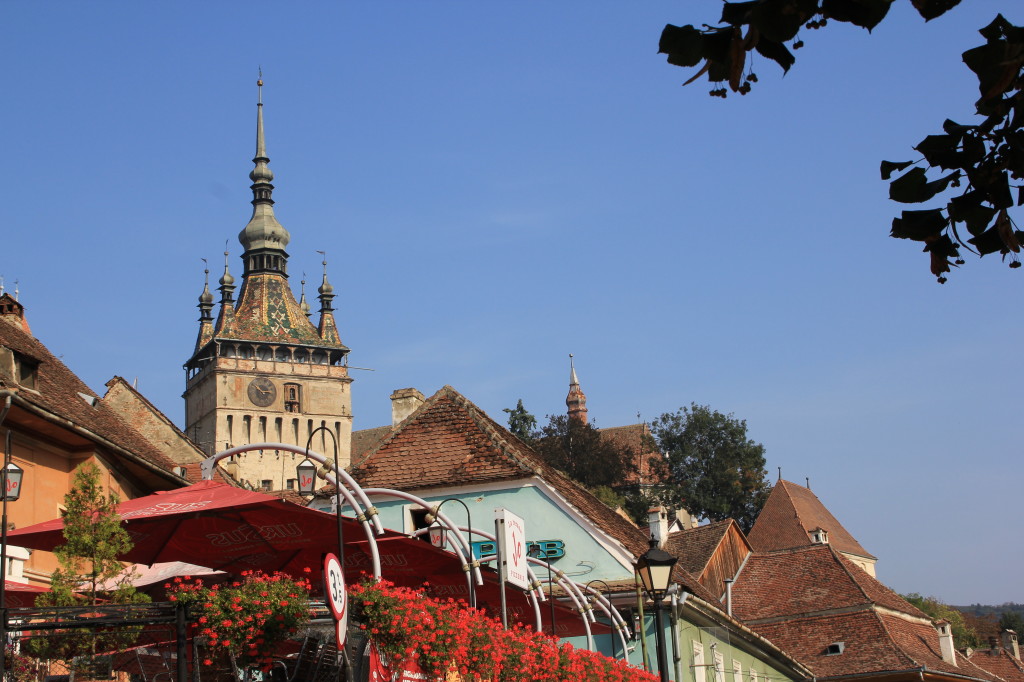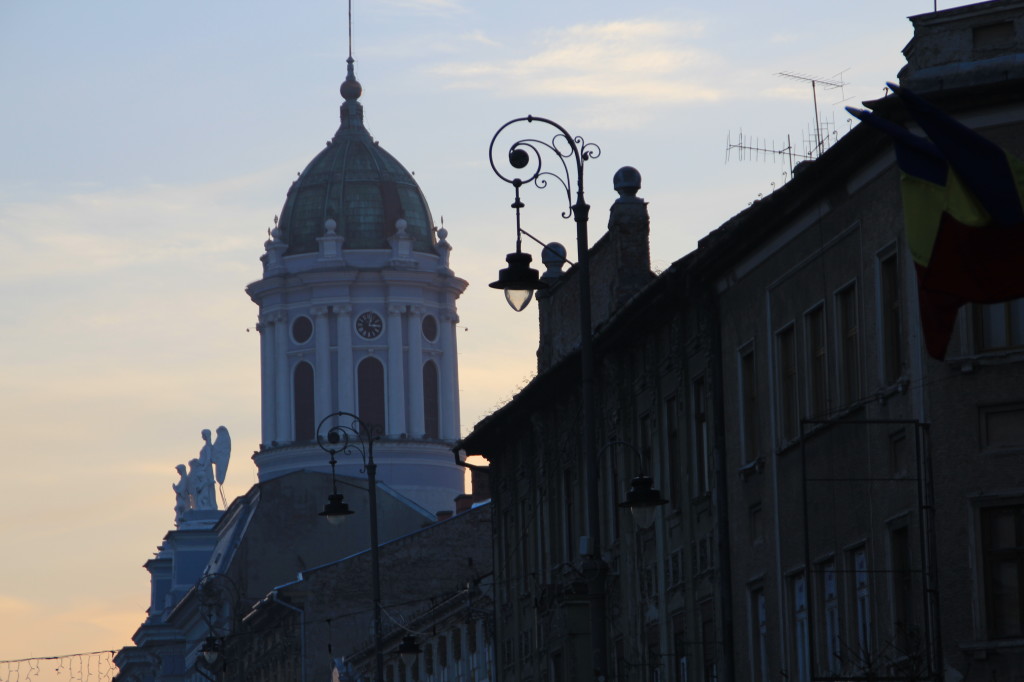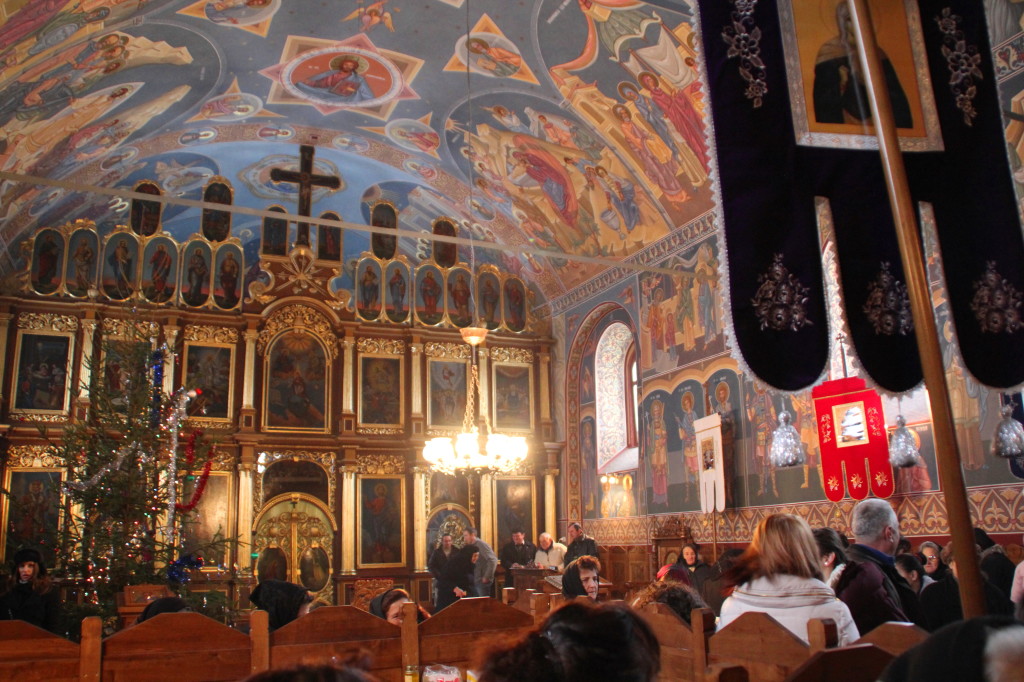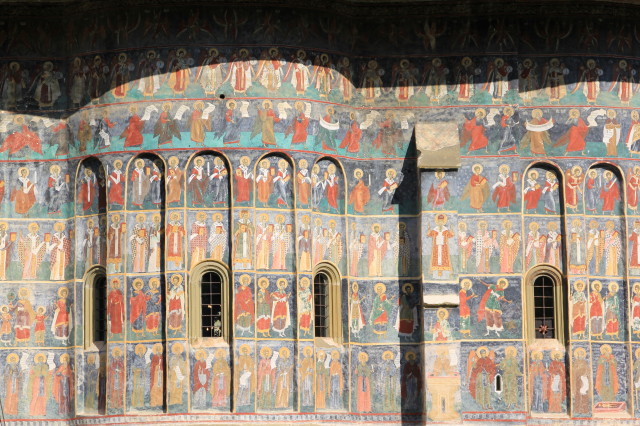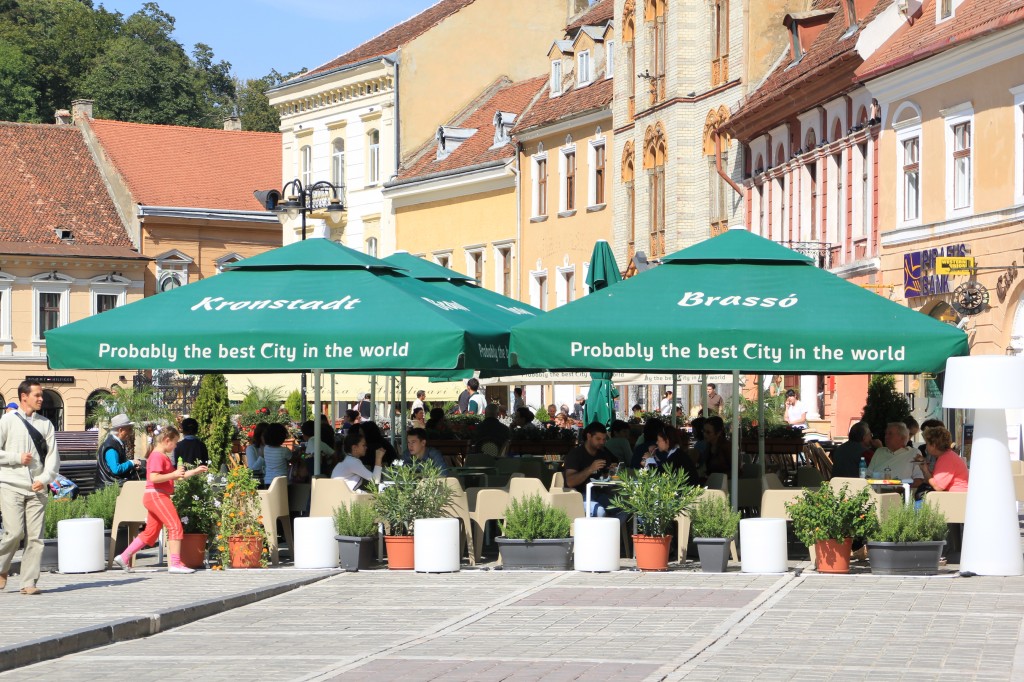Sighişoara, Romania
Sighişoara is a walled in medieval citadel nestled at the base of the Carpathians, in central Romania. Part of the Transylvania region, Sighişoara is colorful and picturesque, exuding history and legends that date back to the 12th century. For those with an affinity for castles, fortified cities, and ancient ruins, Sighişoara has to be on the list. History and legends of Sighişoara being mentioned , we have to note that the town was the birth place of famous Prince Vlad Dracul III. Born in 1431, the Prince later became known as Vlad Ţepeș (“Vlad the Impaler”), and the source of inspiration for the main character in Bram Stoker’s legendary tale Dracula. The citadel does not encompass all of Sighişoara today, but the historic central portion. Outside of the fortified center, like most towns we visited throughout Romania, the architecture was a colorful mix of historical styles, contributed by centuries of change and culture. We were in Sighişoara in September, a great time to visit, yet too late for the famous medieval festival that takes place each year in the final week of July. Additionally, during our visit a movie set was in the process of filming, blocking access to one of the main streets and, unfortunately, entrance to the clock tower. I uttered something between us about speaking with the local officials (I hadn’t had breakfast or coffee yet). I wouldn’t have of course, but Miha was quick to make sure I understood that would not be an option to consider. So we proceeded to continue our pre-breakfast morning walk with a climb up a staircase built in 1642 to a school at the top the hill. At the top of the staircase was this little boy, quietly sweeping the stairs, stepping aside for people to pass, yet asking no one for anything. Miha asked him if we could offer him some money in exchange for directions, tour advice, and a few photos. He agreed, enthusiastically pointed out a walking path, suggesting it would be good for photos, and and gave us what has become one of our favorite people photos. Sighişoara, like the 14th-15th century hand painted monasteries, is one of Romania’s seven sites listed by UNESCO as a World Heritage Site, and it is easy to see why. Described by UNESCO: “Sighisoara is an outstanding testimony to the culture of the Transylvanian Saxons, a culture that is coming to a close after 850 years and will continue to exist only through its architectural and urban monuments. . .” As Romania and much of the world has opened up to tourism – and we will tour – how many places can, or will, preserve well such an authentic medieval architecture? (Provided at the end of the post are links to a list of World Heritage sites). We arrived in the evening after a day on the road which began in the northernmost town of Putna. Visiting a few more of the Romanian Monasteries in the morning we wound south over the Carpathians making a number of leisurely stops. The last leg of the drive took us through Bicaz and into the dark (very dark) winding mountain road and then down into Sighişoara. We spent the night at Aquaris Pensiune, which was clean and comfortable. Thanks to the friendly service we even got a late night pizza. In the morning we walked across the bridge into the fortified town. Sighişoara is popular with tourists and I found the café menus and prices reflective of such. Not excessively, but quite similar in standard menu options and prices one might find in any US town. Running short on time, we only spent a day in Sighişoara. Bran, Rasnov, and Bucureşti were still on the list and we had to be in Istanbul in just a few days. I will look forward to visiting Sighişoara again. Note: In addition to hotel rooms, Aquaris Pensiune also has campsites, cabins and a large pool. To read more about our experience at Aquaris Pensiune, click here. World Heritage Sites in Romania World Heritage Sites Worldwide Additional Photos of Sighişoara:
